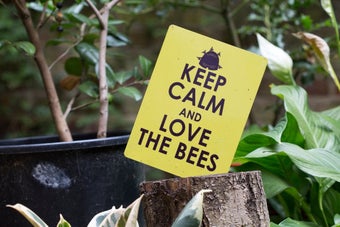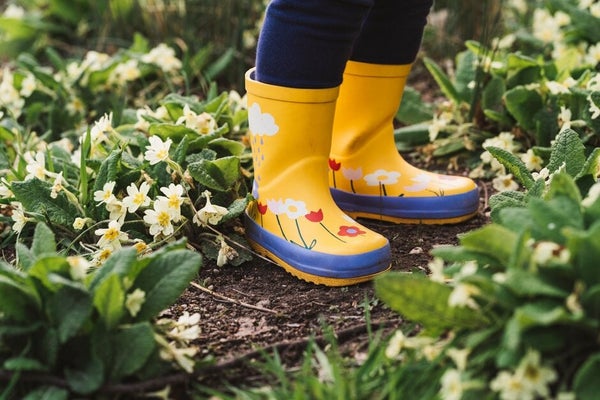
Quick facts
Help wildlife in a changing climate by
planting climate-resilient plants for every season
making a wildlife-friendly pond or rain garden
keeping as much of your front garden as green as possible
linking your garden to other green spaces with hedges not fences
adding to national records through wildlife monitoring schemes
How is garden wildlife being affected by climate change?
Gardeners get to see first-hand the impacts and changes a shifting climate brings. More extreme weather events, milder winters, and earlier springs are just some of the discernible changes we’ve seen within a single generation. If these changes are noticeable to gardeners, it follows they will also be having wider effects on British wildlife and the species we share our gardens with.
There are winners and losers. Let’s look at some of the trends and effects in Britain;
Shifting seasons
When we look at phenology records, which gather data on the seasonality of plant and animal activity, climate effects are starting to clearly show. Some British wildlife is emerging earlier in spring or staying active longer at the end of summer. Queen and worker garden bumblebees (Bombus hortorum), for instance, are staying much more active in winter.
Plants and wildflowers are also responding to the weather, some flowering earlier or later. There have been worries that this might lead to flora and fauna getting out of sync – for instance, a flower being over or not yet open by the time its pollinating insect is active – but as yet this does not appear to be a significant problem.
However, the way ecosystems work means there are lots of interconnected effects which climate can disrupt. In a garden pond, for example, frogs are usually the earliest amphibian to arrive which gives their tadpoles a head start over predators such as newts. With a warming climate, frog spawning dates have moved earlier in spring but not by as many days as the arrival of newts in a pond. This gives newts a competitive advantage over frogs.
Shifts in ranges
Some animals are on the move. This includes new arrivals to Britain as they expand their range northwards, such as several dragonfly and damselfly species, the bryony ladybird (Henosepilachna argus) and the tree bumblebee (Bombus hypnorum). But species already resident have also been seen to be shifting. This might mean spreading north, infilling where they were patchy or moving to higher elevations. The garden tiger moth (Arctia caja), for example, is becoming increasingly rare in the south as it moves north due to poor winter survival of caterpillars in warmer weather.
There is also some evidence that some species are changing their ranges by broadening their food-plant niches. A good example is the brown argus butterfly (Aricia agestis). Its expansion northwards in England, most likely as a result of climate change, is averaging at 3km a year – making it one of the fastest of any British butterfly species. The speed of its expansion is thought to be linked to the widening of its larval food diet to include various garden varieties of hardy geranium.
Mobility and availability of suitable habitat
Plants and animals which are not very mobile are likely to be ‘losers’, as are those for whom suitable habitat at the edge of their range expansion is missing. Most at risk are the species associated with mountain habitat because they will simply run out of places to go as temperatures increase. Others may find refuge in gardens and connected green spaces.
Weather extremes
Extreme weather events such as heatwaves or flash floods have always resulted in casualties in the natural world. But population recovery appears to be hampered by the increased frequency of those events. In one example, a study into bumblebee species in Europe and North America connects bumblebee declines with the increase in hot days associated with climate change.
General declines
Despite some winners, the overall backdrop is a long-term decline across all taxonomic groups. Some of the clearest examples are where we have good long term datasets, such as for the UK’s moths. The most recent State of Nature report covers species beyond gardens but is a good overview of trends, showing that more species have declined than increased in abundance since the 1970s. Factors other than climate, such as habitat loss and fragmentation, are also to blame but a rapidly changing climate will be an added pressure.
How can gardeners help?
It’s easy to feel rather powerless against a global issue such as climate change. But don’t despair. As gardeners we are in the perfect position to help.
Start by cutting out peat (peat bogs are a major natural store of CO2), managing water carefully and taking good care of your soil.
Then see if you can adopt our seven part plan to help garden wildlife in a changing climate;
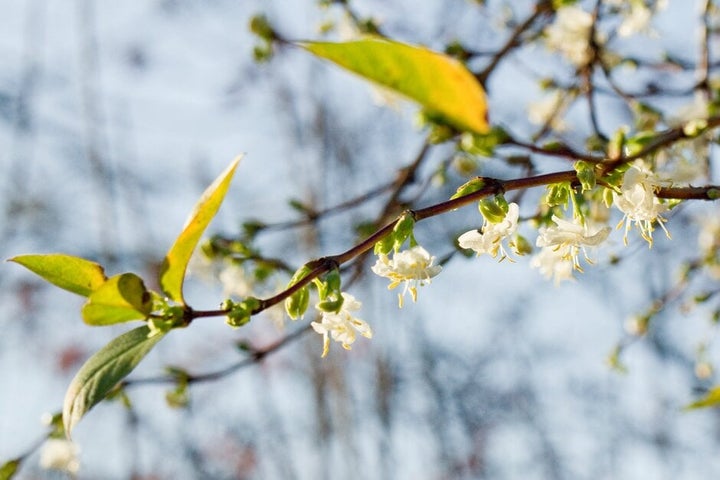
- Extend the planting season - Stock your plots with something that is in flower every month. This is a help to wildlife as seasons start earlier and end later. For example, we can help winter-active bumblebees by planting winter-flowering honeysuckle and mahonia. Aim to plug flowering gaps as they appear to provide continuous service to pollinators, especially those less able to adapt as the climate continues to pull at the natural calendar. And try to cater for new arrivals such as letting ivy mature to the flowering stage to provide an essential food source for the ivy bee (Colletes hederae) which was first recorded in Britain in 2001.
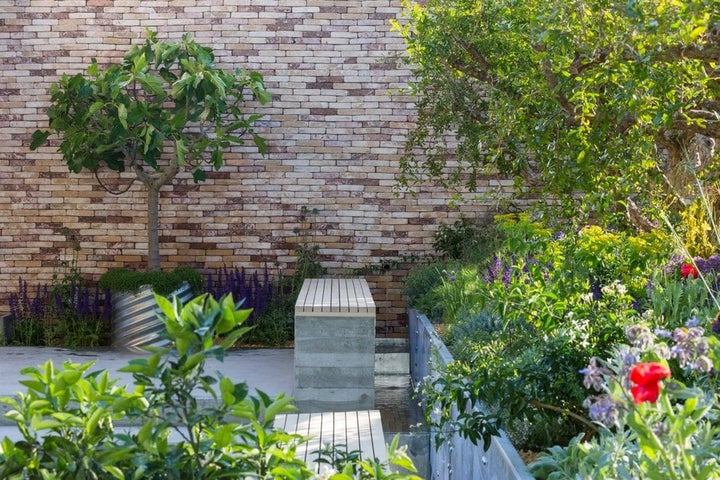
- Plant a wide range of plants, including climate-resilient ones - If some species are changing their feeding habits, as with the case of the brown argus butterfly, it is perhaps a good idea to keep our planting diverse. This might mean planting a mix of both native and non-native plants, thereby creating opportunities for wildlife which we might not yet realise. When choosing long-lived plants such as trees, think about what will most suit to your region as trends such as rainfall and temperature start to shift. See our climate change reports for guidance on planting.
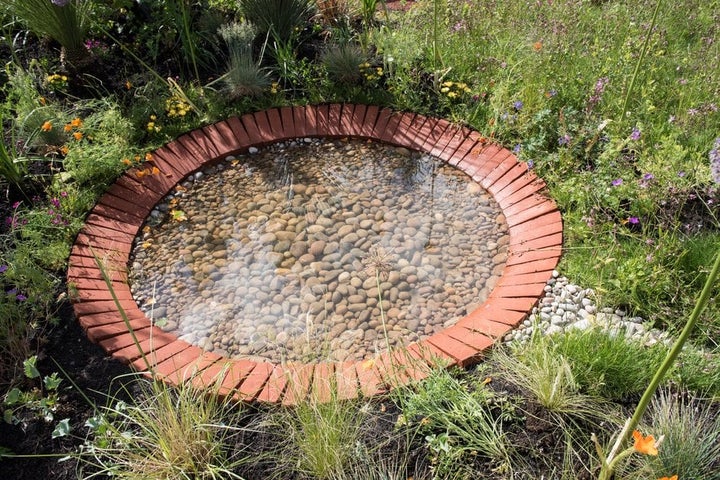
- Make a pond or rain garden - Provide a reliable source of water with a garden pond or manage storm water by making a rain garden, to offer a lifeline to wildlife in extremes of flood and drought. These watery habitats will also prove vital for dragonflies and damselflies as they extend their range across Britain. And if you’ve space for more than one pond, go for it – amphibians will be under less pressure for breeding sites.

- Minimise paving and hard surfaces - Fully paved front gardens are not great for wildlife, increasing flood risk and making towns and cities even hotter, so think about whether your front patch is working the best for you and wildlife. Here are some ideas to inspire.

- Be responsible - Adopt a light touch for dealing with weeds, pests and disease. This helps make your space a safe haven for wildlife as it comes under pressure from climate change. Take care that plants from your garden don’t escape into the wild where they may become .
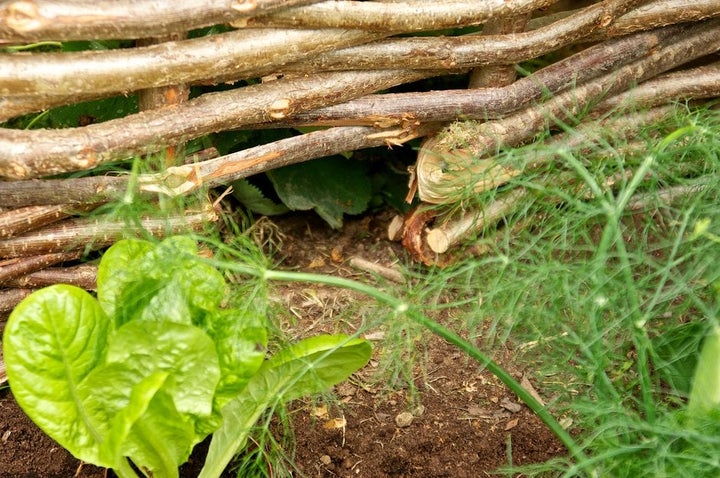
- Connect your garden with others - Habitats are more resilient when they are well connected so think about how your garden fits with other space in the neighbourhood. Are there gaps in your fencing for hedgehogs to pass under? Could you replace your fencing with a living hedge? Maybe adopt the grass strip outside your home to enrich with wildflowers. Or team up with neighbours to put up bee homes, bird boxes and pollinator-friendly planters down your street. It’s amazing how making a change in one garden can inspire others to have a go.
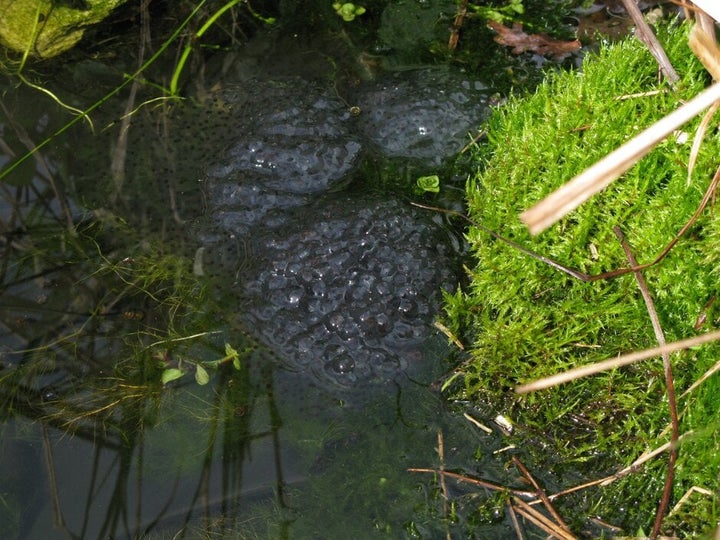
- Observe and record - Contribute changes you’re seeing in your garden to national records through Nature’s Calendar run by the Woodland Trust. This is how scientists can keep track of changing seasons and its impact on wildlife.
Recommended reading
Climate Change and British Wildlife (British Wildlife Collection) by Trevor Beebee. (Bloomsbury 2018, ISBN 9781472943194) - this book is made available through the RHS Lindley Library.








